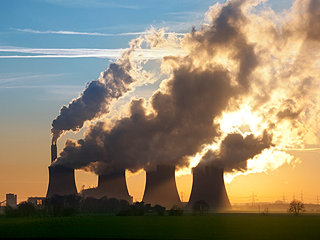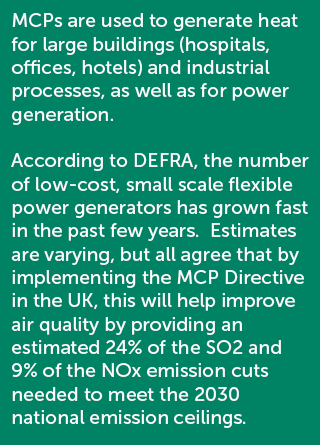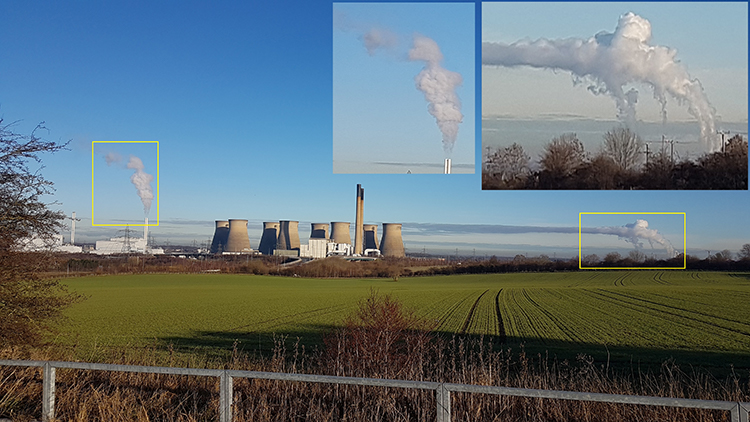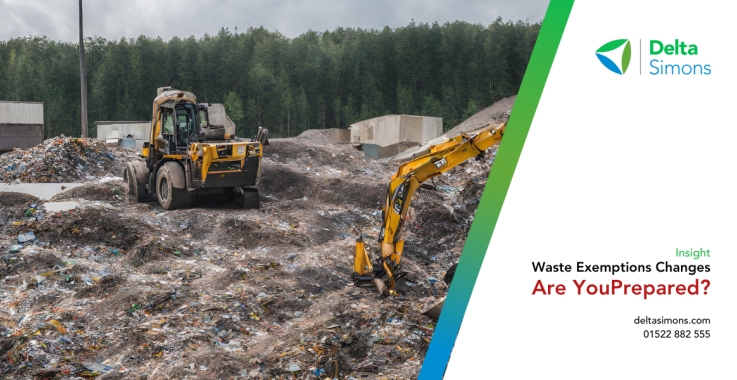What new limits mean for medium combustion plants
09 Sep 2019
Environmental Planning
Air quality

New control setting limits on the pollutant levels that new medium-sized combustion plants in England and Wales can emit came into force in December 2018. Air Quality Manager, Gabor Antony, examines the implications.
What is the Medium Combustion Plant Directive?
The Medium Combustion Plant (MCP) Directive forms part of the European Union’s (EU) Clean Air Policy Package (2013) for medium-sized combustion plants with a rated thermal input between 1 and 50MWth.
 It requires all medium-sized combustion plants in scope to be registered or permitted, setting limits on their emissions according to their type, size, age, fuel type and annual operating hours. By regulating emissions of sulphur dioxide (SO2), nitrogen oxides (NOX) and dust into the air, the MCP Directive aims to reduce air pollution and lessen the risks of impact to human health and the environment.
It requires all medium-sized combustion plants in scope to be registered or permitted, setting limits on their emissions according to their type, size, age, fuel type and annual operating hours. By regulating emissions of sulphur dioxide (SO2), nitrogen oxides (NOX) and dust into the air, the MCP Directive aims to reduce air pollution and lessen the risks of impact to human health and the environment.
Who is affected?
The MCP Directive was implemented in England and Wales by an amendment to the environmental permitting regulations in December 2018, introducing mandatory registration or permitting of MCPs rated 1-50MWth. DEFRA’s impact assessment estimates the MCP Directive will affect more than 30,000 plants in England and Wales. The controls apply to new plants from December 2018. Depending mainly on their size, existing plants must comply with requirements from 2024/25 or 2029, with the aim that full implementation is to be achieved in 2030.
DEFRA’s definition of “generators” that will be affected by the MCP Directive includes any single stationary electricity generating combustion plant, any single mobile generator that provides balancing services to the grid or permanent infrastructure, as well as any group of stationary electricity-generating combustion plant located at the same site and providing electricity for the same purpose. Plants must have a rated thermal input of greater than or equal to 1MWth and less than 50MWth to fall within the scope of the directive.

What are the exceptions and exemptions to the MCP Directive?
It is important to note that the following exceptions to the rules apply. Mobile generators are excluded from the regulations, only falling in scope of these additional controls if providing services to the grid or if they are connected to permanent infrastructure. Generators under 1MWth are in scope if they are providing balancing services, or if their aggregated capacity is more than 1MWth.
Backup generators – used purely onsite during power cuts – that are tested for up to 50 hours a year and generators with safety roles in nuclear sites are exempt from the Emission Limit Values (ELVs).
What are the practical implications of the new controls?
New ELVs are to be applied to emissions into the air of SO2, NO2 and dust from new plants from December 2018. All operators will be expected to follow specific emission monitoring requirements, starting within four months of registration, to reduce non-compliance, dependent on their rated thermal input.
The monitoring requirements and ELVs will vary depending on the type of appliance (boiler, turbine, engine), its capacity, the fuel used (solid, biomass, liquid or gas) and the annual average operating hours.
Generators can receive an exemption if they commit to operating for no more than 500 hours a year when measured as a three-year rolling average for new plants, and a five-year rolling average for existing plants.
Exemption of environmental permit conditions is also granted to a back-up generator if the operator demonstrates a genuine need to carry out routine testing for more than 50 hours per year. Additionally, existing MCPs that are part of a small isolated system or a micro isolated system are only required to comply with the ELVs from 1 January 2030.
Related article: Air Quality Manager contributes to ENDS NPPF article



